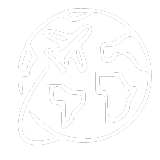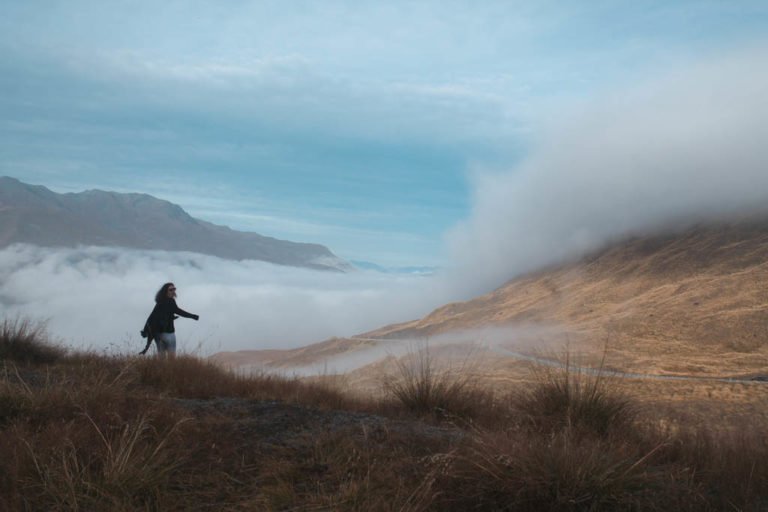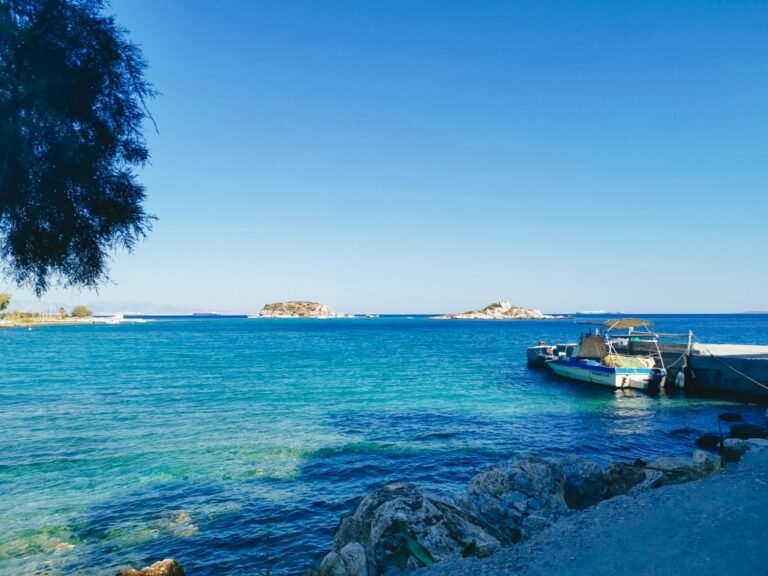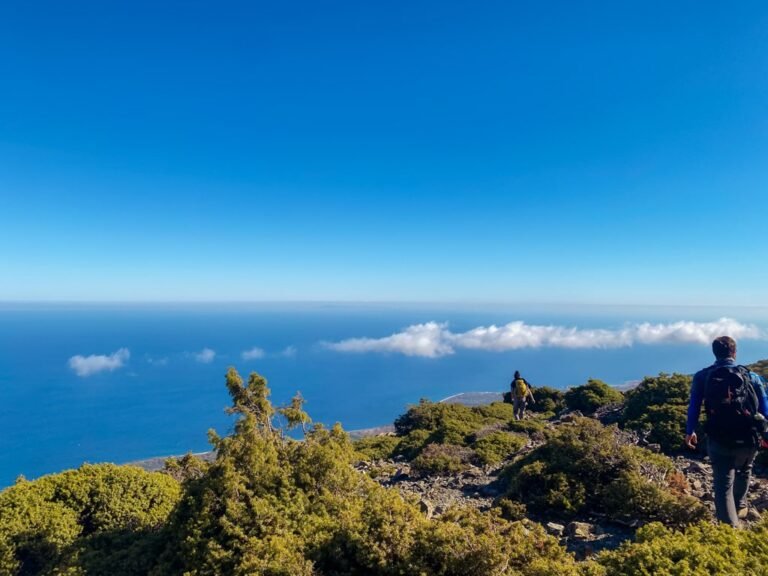This article may contain affiliate links. When you purchase something we recommend, we make a small commission. You don’t pay anything extra. 💘 For more details, check out our Terms of Use page.
I first visited Bansko as a kid, when I was much better at skiing than I am now.
A couple of years ago, I picked it up again, and while it is a slow process, I have been able to visit over a dozen times the last two seasons.
Bansko might be a little ski town but it has a lot to offer, especially if you’re a beginner or just getting into winter holidays.
It is also getting much more popular each year, and the recent change into the euro has also complicated things a bit in terms of prices.
While it is still affordable compared to other places in Europe, there are some things to keep in mind if you want to plan a good trip.
So whether you’re booking your first-ever ski trip or just curious about what a Bansko winter looks like, let’s get started.
Table of Contents
ToggleHow to Get to Bansko
You’ll most likely be flying into Sofia Airport, which is about 2.5–3 hours away by road.
Another option is to fly into Thessaloniki airport in Greece, and drive up.
This is a bit more complicated though in terms of renting a vehicle and crossing into another country.
The good news is that there is no border check anymore, so if the rental company allows it, you can combine it with a roadtrip in Greece or a weekend to Thessaloniki as well.
In terms of flying into Sofia, here are the options:
- Private Transfer: Best if you’re traveling with gear or a group. Prices start around €120 one way for 2 people with gear. The quickest and fastest way to book is through Welcome Pickups. The other option is to do a cheaper shared van through Get Your Guide, like this one. That will end up being less than $50 and is a steal.
- Bus or Train: Slow, limited, and not great if you’ve got ski equipment. Not recommended unless you’re truly on a tight budget and have time to kill.
- Renting a car: Best if you are staying for longer or want to take side quest trips around the area. I usually check prices with Discover Cars, so I can add insurance and have flexible payment terms. Give them a try!
I use and compare prices for car rentals, with Discovercars.com. It is a giant rental and comparison site on the market and it has a lot of perks that make sense if you travel often.
Once you head to Discover Cars, you’ll find an easy search engine to filter by location, dates and pick up location.
Tip: Always check a few different pick up locations when booking a rental car.
Where to Stay in Bansko
There are a lot, and I mean a looooot of options for hotels in Bansko. Honestly, half the town is investment properties or cheap apartments that were bought by foreigners and leased out during some part of the season.
With that said, you will want to consider how close to the Gondola Station you want to be.
The closest ot the station you are, the less you have to walk in the morning (or find parking if driving) and start your skiing day.
If you pick a hotel, you can also arrange transport/transfer and not worry about walking to the station.
Another pretty spot is the Old Town center, that is quieter and more authentic plus you’ll have more apartments and restaurants at walking distance.
In the last few years, I’ve mostly stayed at an apartment complex and also rented out some Airbnbs when it was fully booked.
If you are after something a bit fancy I would recommend looking into staying at the Kempinski Hotel right next to the gondola. It also has a spa, sauna, indoor pool and lockers, plus awesome views and food. It’s the only hotel with instant access to the ski pistes.
Also good:
- Hotel Dumanov – A great mid-range option just a short walk from the lift. Clean, cozy, and usually well-priced.
- Regnum Bansko – Slightly up the hill, but with spacious rooms and a lovely wellness area. Offers shuttles to the gondola. This is a great all year spot as well, with water park facilities and a great breakfast.
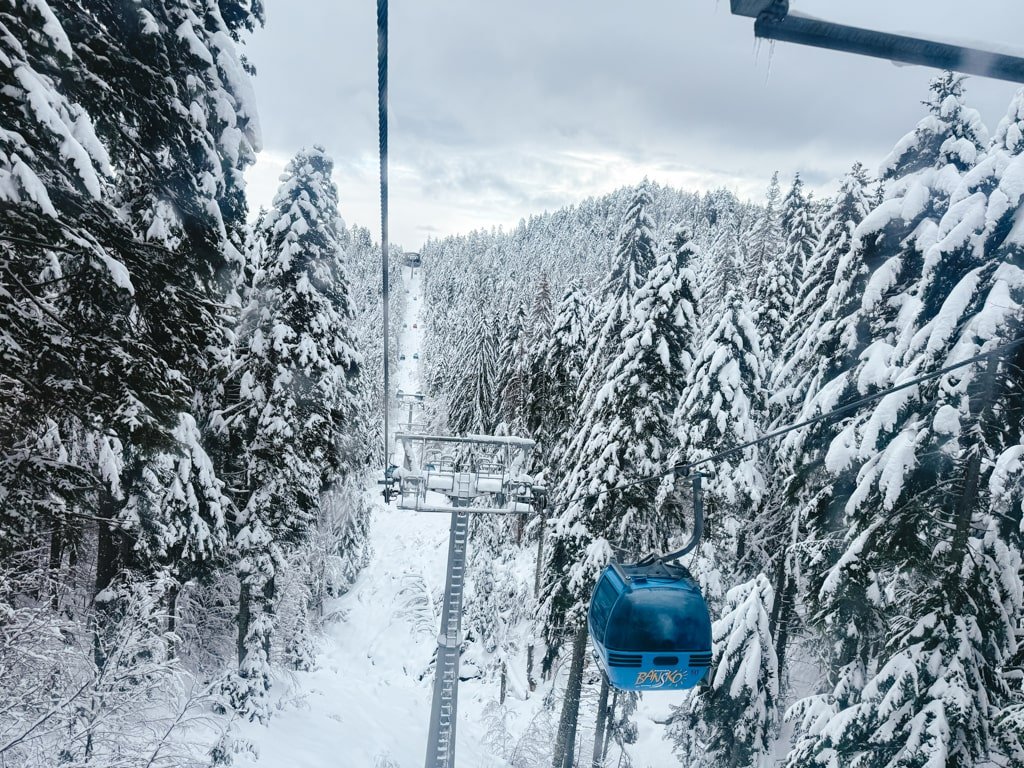
What to Expect on the Slopes
Without being an expert, I have found that Bansko has a bit of everything to appease most ski levels.
The main thing to keep in mind as you plan is the gondola queue and general unorganized chaos that ensues.
Here are some tips from people that have been skiing on the mountain for 15+ years and how they go about it:
1. Expect long queues everywhere.
The gondola queue in the morning (or later) is no joke.
You should also expect lines when you want to rent equipment and, and grab lunch.
These are a daily reality in Bansko during ski season and the gondola line specifically can take over 3 hours in peak season, which is not fun.
But there are things you can do to minimize your down time and stay more efficient.
Consider alternatives:
- One options is to take a hotel shuttle or private transfer to the top of the mountain. (I would not recommend taking a transfer to the mid station of Chalin Valog because you will still have to wait in line there and wait for an empty gondola car to come up).
- Rent your gear the night before so you can skip rental queues in the morning and keep it with you at your hotel.
- Wake up early and get in line before 7 AM for the fastest access. Yes, that early!
2. Day ticket sales can be chaotic.
Lift pass rules seem to change frequently, and small things can make a big difference.
- In previous seasons, you could buy next-day tickets between 4–9 PM, but midway through the season, that window was cut off at 5 PM.
- The self-service ticket machines near the gondola rarely work properly.
- Always double-check with your hotel or the info board at the gondola for current ticket hours.
3. Bring cash. Always.
Even if you paid for your lift pass online, you’ll still want some cash on hand:
- Mountain cafés or kiosks sometimes don’t take cards.
- Parking at the gondola base is cash only. You don’t want to be scrambling for coins after a full day on the slopes.
- Shuttles or private cars going up the mountain often require cash, although some drivers accept Revolut or similar apps. (Don’t rely on that, I had to beg and plead a few times).
Extra note: The private transfer cars I mention are shuttle buses that offer transfer to the top at all times, but especially when the queue gets really big. You will see them walk around and set a price per person (usually $10-25). The 2-3hours of wait time it can save you, is usually worth it for me.
4. Lift ticket prices are rising.
What used to be a super budget-friendly destination is becoming a bit more expensive each year. While still cheaper than the Alps, many regulars have started to comment on the increasing lift pass prices and inconsistent value for money.
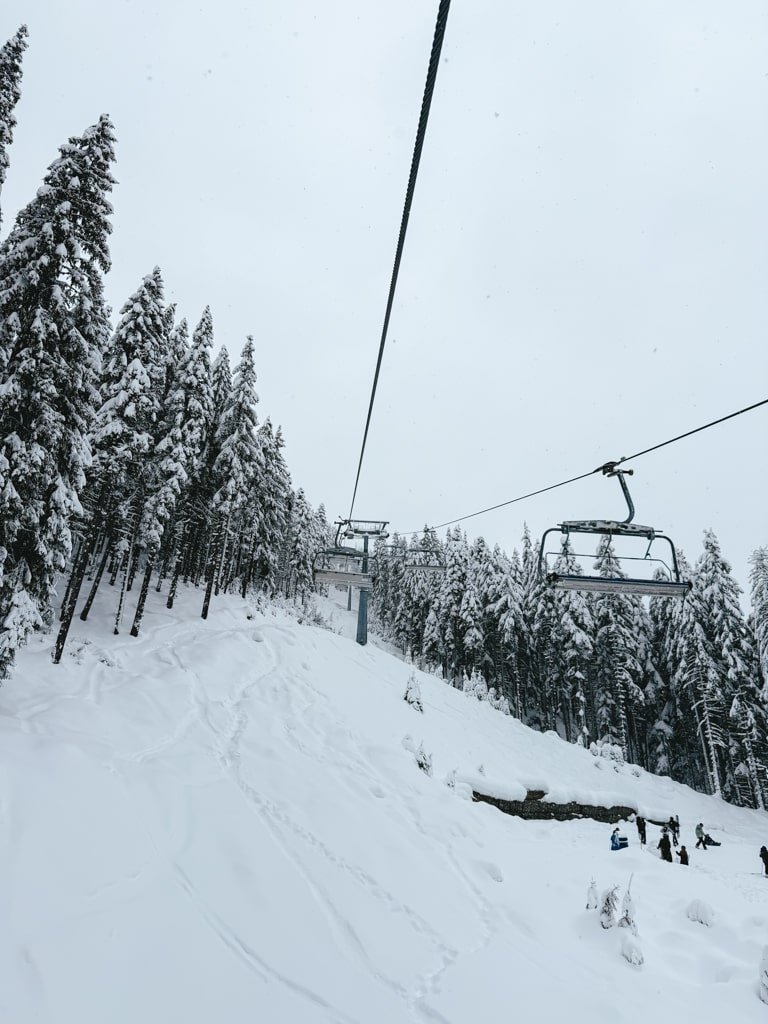
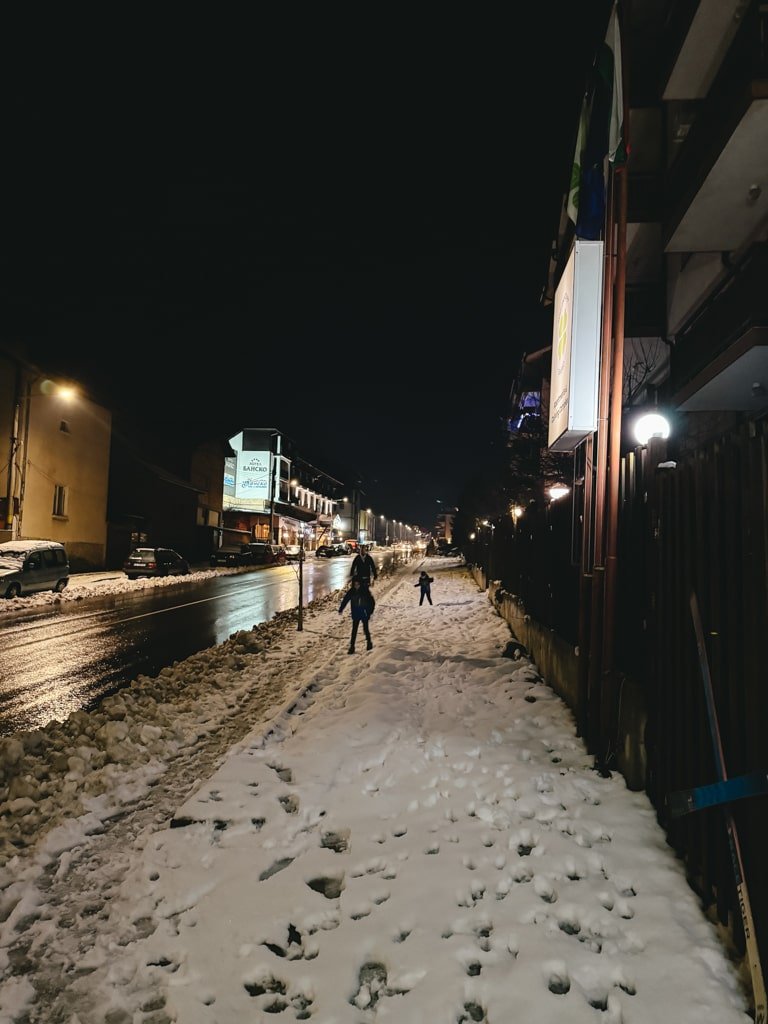
5. Beginner slopes aren’t always beginner-friendly.
The blue (easy) slopes are often the most chaotic areas of the mountain:
- They get more traffic, especially from snowboarders, families, and learner groups.
- Conditions can vary wildly, from powdery and perfect to icy and dangerous.
- Speeding advanced skiers often use these runs too, which makes it harder to feel safe if you’re still learning to stop confidently.
6. Bring everything you need up the mountain.
There are no lockers or official places to store bags once you’re up at the top station. Plan ahead:
- Bring a small backpack with snacks, sunscreen, tissues, water, gloves, etc.
- Conditions can change quickly — you don’t want to cut your day short because you’re wet, cold, or hungry.
7. Ski etiquette is a bit loose.
Remember… people overestimate their skill level, ski in unpredictable directions, and don’t always yield appropriately.
If you’re a beginner:
- Stick to the edges of the slope and avoid stopping in the middle.
- Give others space and be mindful. Unfortunately accidents are really common here. The mountain has gotten very busy and I have often found myself in situations that felt scary and unpredictable. Make sure that someone knows where you are, and do your best to stay within your abilities.
8. Take a ski lesson
A local instructor can help you understand the mountain layout, boost your confidence, and make your trip safer. Generally, I always think a quick lesson at the beginning of the season does wonders for my confidence.
- The main instructor company is the one owned by Bansko Ski Center, called Ulen. You will find them next to the gondola station. The good thing here, is that you might be able to skip the line (not always) if you go through them. You can also rent gear. Personally, I think they are hit or miss.
- I personally recommend Tsakiris Ski — located right next to their souvlaki shop near the gondola base (which is a local favorite for coffee, lunch, or a post-ski bite). They also have a great rental service.
Lift Passes, Season Duration, and What You Should Know
The ski pass situation is so confusing, so here I am going to attempt to break it down to give you a bit of a heads up.
Bansko typically opens for skiing by mid-December and stays open until mid-April, thanks to excellent snow machinesthat keep the pistes skiable even in warmer weather.
This is great for tourism agents, so clients can book their holidas without worrying it will get cancelled.
It also means that peak Christmas holiday season is packed.
While that can be annoying, it is one of the reliable ski spots in the Balkan if you have set days on which you want to ski. All you need to do is book in advance.
Ski Pass Prices
Ski pass prices aren’t announced until a few days before the season starts, but they usually increase by around 5% compared to the previous year.
In terms of last year, these were the prices for a standard adult pass.
| Pass Type | BGN | ~EUR | ~USD |
|---|---|---|---|
| Half-Day (12:30–16:30) | 85 BGN | ~43 EUR | ~47 USD |
| 1-Day | 110 BGN | ~56 EUR | ~61 USD |
| 5-Day | 530 BGN | ~270 EUR | ~290 USD |
| Season Pass | 1900 BGN | ~970 EUR | ~1045 USD |
Huge disclaimer:
Bulgaria is entering the Eurozone, with the euro expected to fully replace the lev soon.
Expect a sharp jump in prices in the next season or two — not just for lift passes, but also for gear rentals, ski lessons, accommodation, and food.
Many locals and returning visitors believe this will increase costs significantly, so 2024–2025 was one of the last “budget” seasons in Bansko.
If You Ski for 2 Days (One Weekend)
2‑Day pass = 215 BGN (~€108 / ~$116)
vs getting two 1‑day passes = 2 × 110 BGN = 220 BGN (~€110 / ~$118).
So the 2‑day pass saves you a few BGN, mostly convenience.
If You Ski 5 Weekends (10 Ski Days Total)
| Option | BGN Cost | ~€, ~US$ |
|---|---|---|
| 10 × 1‑Day passes | 10 × 110 = 1,100 BGN | ~€550 / ~$594 |
| 5 × 2‑Day passes | 5 × 215 = 1,075 BGN | ~€538 / ~$581 |
| Season Pass | 1,900 BGN | ~€950 / ~$1,02 |
In 2024–2025, the seasonal ski pass cost approximately 1,900 BGN, which is:
- €970 EUR
- $1,040 USD
If you’re planning to spend multiple weeks or weekends skiing, the season pass is 100% worth considering. To break even and for it to make sense, you’ll need to spend at least 18 days of skiing per year. Which means every other weekend at least, or 2 full weeks of skiing everyday plus some extra weekends.
Again, I would say the main advantage here is the fast access on the gondola and the extra perks if you visit often.
Important: If you’re skiing with friends or family, everyone in your group must have the season pass to enter through the fast lane together. No tagalongs.
Early Bird Deals and Loyalty Cards
There’s also a Bansko Loyalty Card, launched back in 2019. While it had a bumpy start, it now offers:
- Discounts at select gear stores like MaxSport
- Perks at certain restaurants
- Access to ski events, including World Cup races
- Tiered perks based on your card level (Silver, Gold, etc.)
Worth checking out if you’re spending a lot of time in Bansko. You will need to buy a season pass for multiple years to qualify for it though.
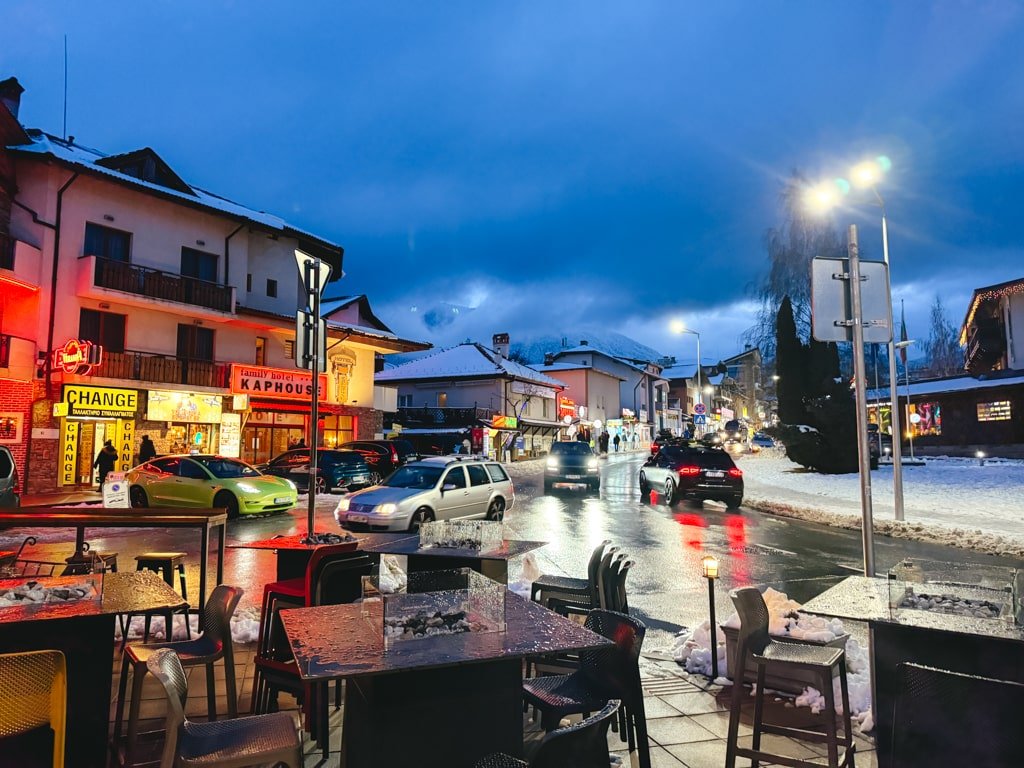
A Note on Ski Pass Etiquette
While the resort may not be the most high-tech or smoothest in Europe, they are very strict about ski pass sharing or misuse.
Don’t try to cheat, you risk losing your pass or being denied entry entirely.
That said, I’ve personally had moments where the card reader failed on a fully valid card, and the staff response was frustrating. You’ll likely end up squeezed in a tight space with dozens of people, so patience (and politeness) go a long way.
Multi-Day Passes Are Your Friend
If a season pass isn’t for you, then always go for a multi-day pass instead of single-day tickets.
Why?
- Multi-day passes come with a plastic RFID card
- This card is reusable and rechargeable online via https://www.skipoint.info/skiline
- No need to wait in line every time you visit
It’s a small but mighty way to save time and stress.
Should You Ski in Bansko?
Of course! Especially if it’s your first or second ski trip. It’s affordable, social, and not intimidating. The learning environment is friendly, and the views are stunning. Just go in with realistic expectations, especially around crowds and timing.
Should You Buy Ski Gear in Bansko?
If you’re just getting started, don’t rush into buying. This is the advice I got but didn’t follow!
The reason I didn’t follow that advice is that I wanted my own boots, I didn’t want to wait in line for rental gear each time, and I didn’t want to have to make extra stops in the morning or not get the skiis I wanted.
The jump from having rental beginner skiis to my own skiis was huge, but I’m hoping to make the most of it for the years to come.
There are a few spots that were recommended to me by long timers in the mountain and I wil share below.
Before that keep in mind that:
- Rental gear is cheap and decent.
- Shops are abundant, but the quality varies, and some things are actually cheaper to buy online back home.
- What you should consider buying locally if you forgot it: ski socks, thermal base layers, and a proper neck warmer or face covering (especially if it’s windy).
- Always wait for the off season to buy ski gear. The prices are completely different in April-May or during the summer in outlet stores, than peak January.
Here are a few spots to check out for gear:
Disclaimer: There are a toooon of shops, and sometimes having cash or having loyalty with the person is worth more than anything else. So make sure to go for the brands you like and find some places that have good service. If they don’t even bother saying hi, when you walk in. It won’t go well!
Excellent place for new skis at fair prices, especially if you’re into Salomon gear. Clean, well-organized, and helpful staff. If you buy from them you can also have them store the skiis for the next day.
Mostly a rental shop, but if you’re around during off season, they sometimes sell gear you’ve tried out. Solid if you want to test before you commit.
Rossignol Shop (by the river near the Gondola)
Branded, well-stocked, and occasionally has deals in the low season. If you’re a Rossignol loyalist, worth a visit in the off season only.
Secret Second-Hand Spot (on the small Pirin Street)
This place is hard to describe and I’ll do my best to snap photos next time.
A local shop tucked into a side street at Pirin street, selling second-hand ski gear, including skis, poles, and boots.
I got a pair of barely used intermediate Head skis for under $200, plus boots and batons.
If you’re looking to gear up affordably but don’t want rentals, this is your best bet especially if you ski more than a few days per season. I found this to be the best way to get gear without breaking the bank.
The owner works with skiers that like to test out new gear and then sell it so it works out well.
Know What You’re Looking For
There are plenty of ski shops in Bansko. Some focus on one brand, others sell a mix of everything. You’ll find well-known names like Salomon, Rossignol, Head, Atomic, and Nordica, but also a lot of off-brand or mixed-brand gear.
Some stores are wildly expensive (at least for me), while others are more down-to-earth. A lot depends on when you go. In high season, prices jump. In spring or summer, you’ll spot some serious discounts.
If you’re just starting out, don’t worry about getting the perfect brand. Off-brand helmets, gloves, socks, and face coverings are fine — and often just as warm. But for boots and skis, it helps to know what you’re buying. Do a quick search of the main ski brands online and see what fits your budget, style, and level. That way, you’ll know what’s a good deal and what’s just shiny.
And yes, buy a helmet.
Even if you’re renting the rest. Even if it feels overkill. Beginner slopes can be hectic and full of unpredictable movement. Don’t skip this one.
